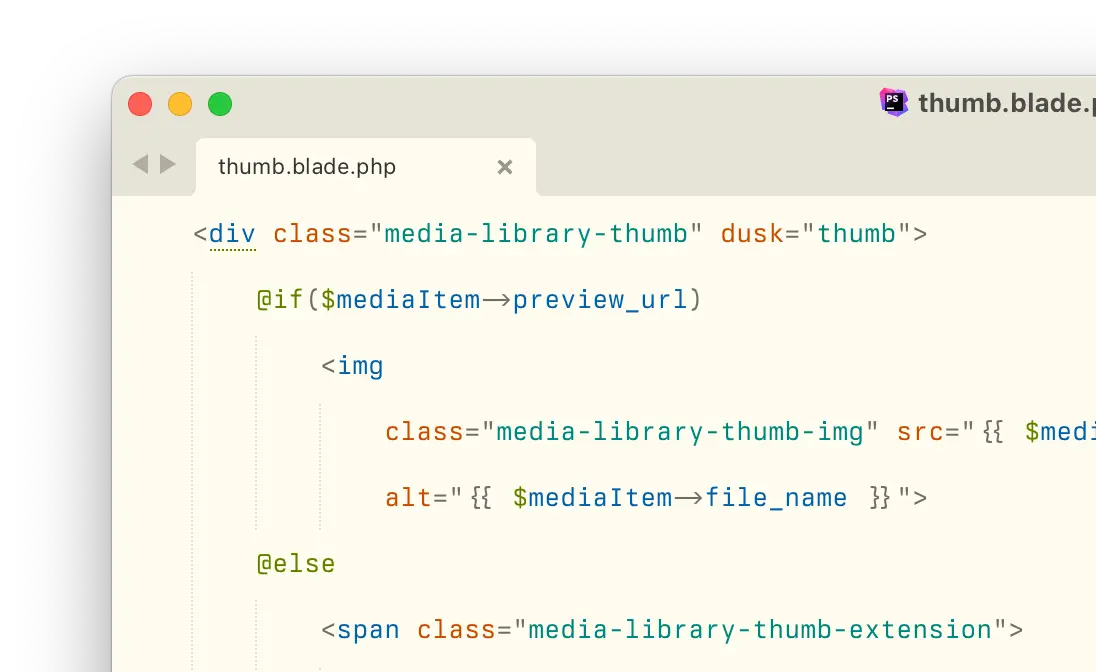There are two bike stalls near my apartment. One is right in front of the door, the other around the corner. The one in front of the door is closest, so when I can, I store my bike there. However, most of the time that stall is full, and I need to go around the corner instead.
That's fine. Until a next morning–when I'm still in a daze because I'm not a morning person–I take the walk around the corner, only to realise my bike was actually in front of the door. The day before was one of those lucky days I could store my bike in front of the door.
I quit using the front stall. The less choices I have to make, the more room I have for important things.
Read more

